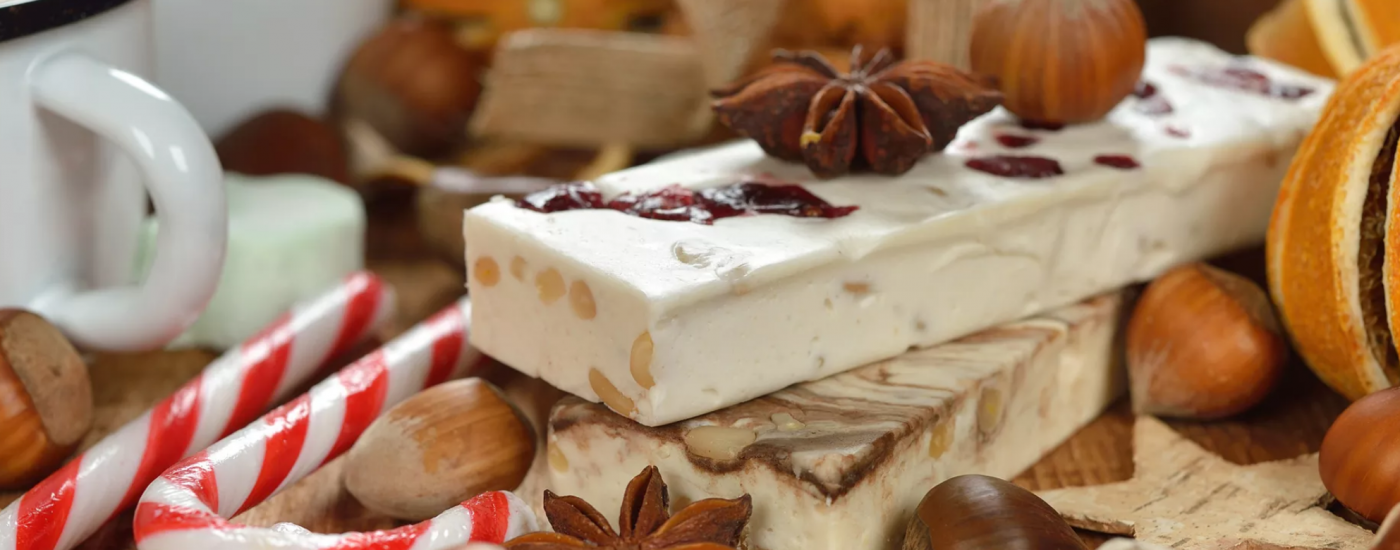The Christmas season is very associated with family, friends with whom we spends good moments, warm and around a good meal. Christmas is synonymous with eating well, and sometimes from very old tradition. This is the case of the 13 Christmas dessert, which is a Christian gastronomic tradition.
There are culinary specialties all over the world, especially at the end of the year.In France, there are even traditions that vary according to the regions of the country.For example, the tradition of the 13 Christmas desserts is mainly practiced in the region of Provence, in the south of France.
This is the origin of the Christian religion. In fact, in 783, Father François Marchetti, a Catholic priest from Marseilles, mentioned in a book many Christmas deserts. At this period, rural families multiplied deserts in meals as a sign of wealth.
In the 20th century, the number 13 in memory is associated with the scene of the last meal of Christ surrounded by his 13 apostles. The symbol is strong because the scene is for Christians the founding event of Christianity. Moreover, the Christmas meal accompanied by the 13 desserts symbolizes the sharing and sacrifice of Jesus. On the other hand, some people are accustomed to cover the table with three white tablecloths and three candles representing the trinity (the Father, the Son and the Holy Spirit).
Regarding the constitution of this gastronomic tradition, there are variations depending on the cities, villages and even families. However, there are elements essential to the preparation of the religious dinner:
The list of this 13 desserts of Christmas
1. The oil pump: it is a kind of bread brioche made with flour, olive oil, orange blossom and brown sugar. The trick is not to cut the bread to give it the appearance of that of Jesus at his last meal
2. The 4 Beggars:
– nuts and hazelnuts, which represent the order of the Augustinians,
– the grapes representing the order of the Dominicans,
– the almonds representing the order of the Carmelites,
– the figs that represent the order of the Franciscans.
3. White nougat: it symbolizes good
4. Black nougat: it symbolizes evil
5. Dates: they represent Christ from the east and the Magi.
6. Finally, a multitude of foods chosen according to the preference of the adaptor. For example:
– fresh fruit in season: clementines, oranges, apples, pears, grapes, green melon…
– the Marseille shuttles,
– quince paste,
– almond paste,
– calissons of Aix,
– candied fruit,
– goat cheese in a flavoured oil jar,
– prunes,
– butterflies…

